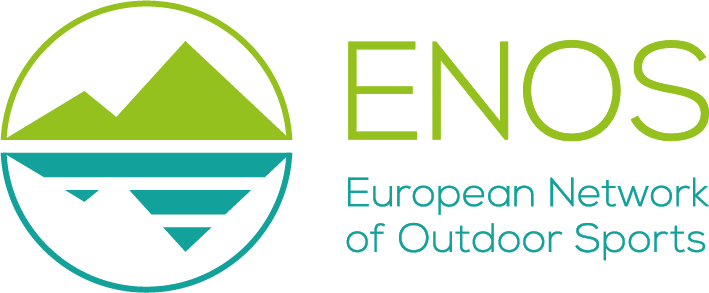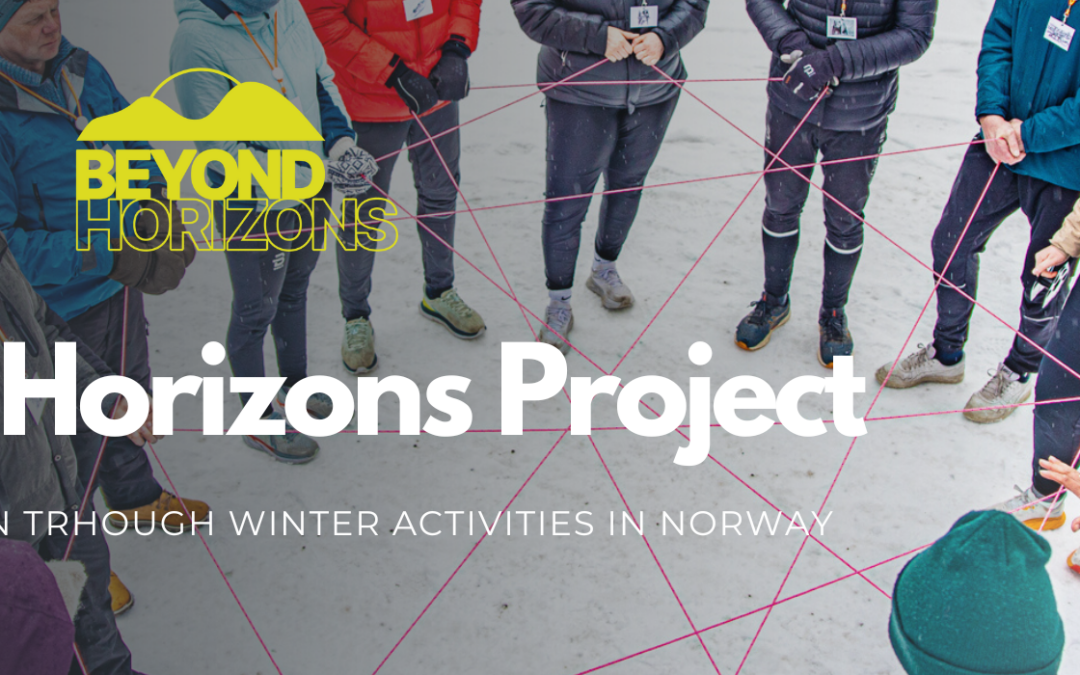Beyond Horizons is about learning from others. It’s discovering projects and practices that have engaged young people, studying what they did right (and wrong) and then compacting that into a toolkit. That’s exactly what happened on our first set of exchanges in Norway. So here’s a case study for success.
Up, up, and up in the north of Norway, there lies a municipality. They noticed that young people were experiencing a social barrier to get them to participate with others, out in nature. Kids were staying home. Living in isolation. No community, no connection. So the municipality got curious… how can we engage them? And how can we involve the kids themselves in this process? The solution was to use videogame culture to build trust and a sturdy foundation with the kids. They met the kids where they were, online, and gave them ownership to build a gaming arena. From this, the kids felt community and therefore; a level of comfortability to then go outside.
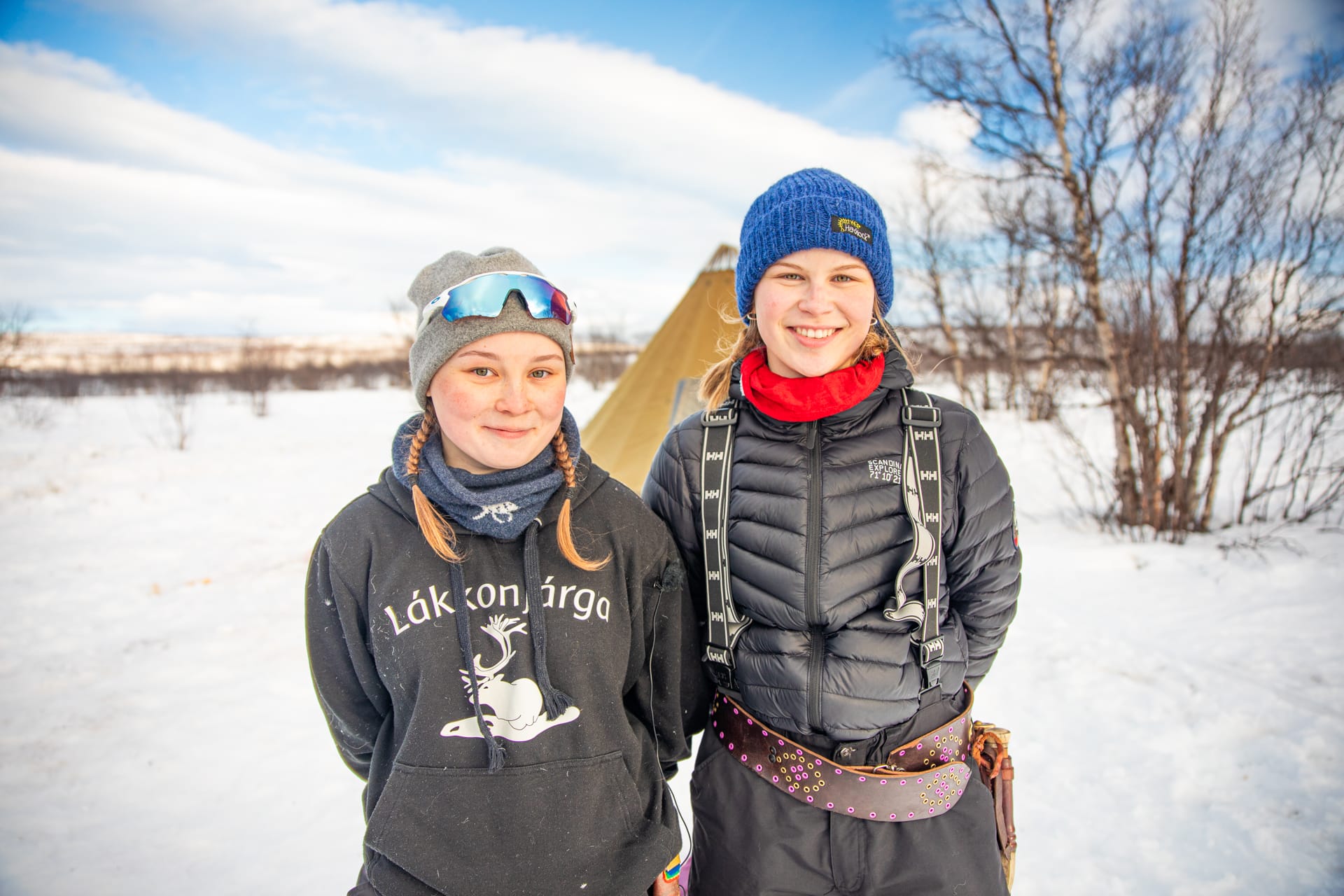
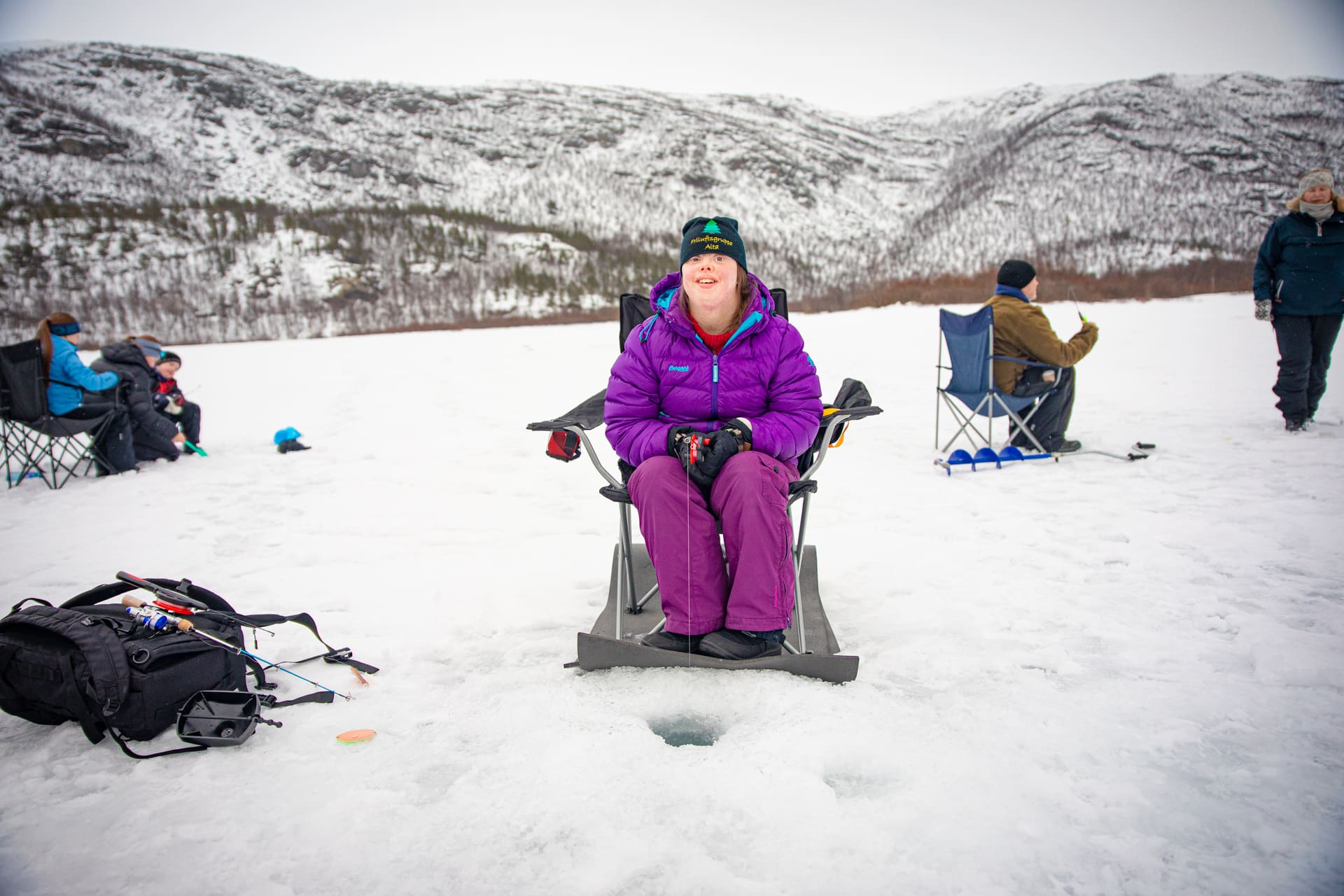
The insights we garnered:
- Meet youth where they are. Don’t force them to where you want them to be
- Give agency and empowerment
Beyond Horizons focuses on welcoming and engaging vulnerable people into the outdoors. It’s a powerful objective; however, what’s behind this “vulnerability”? What are barriers that people may face in their daily life and in their ability to do outdoor activities?
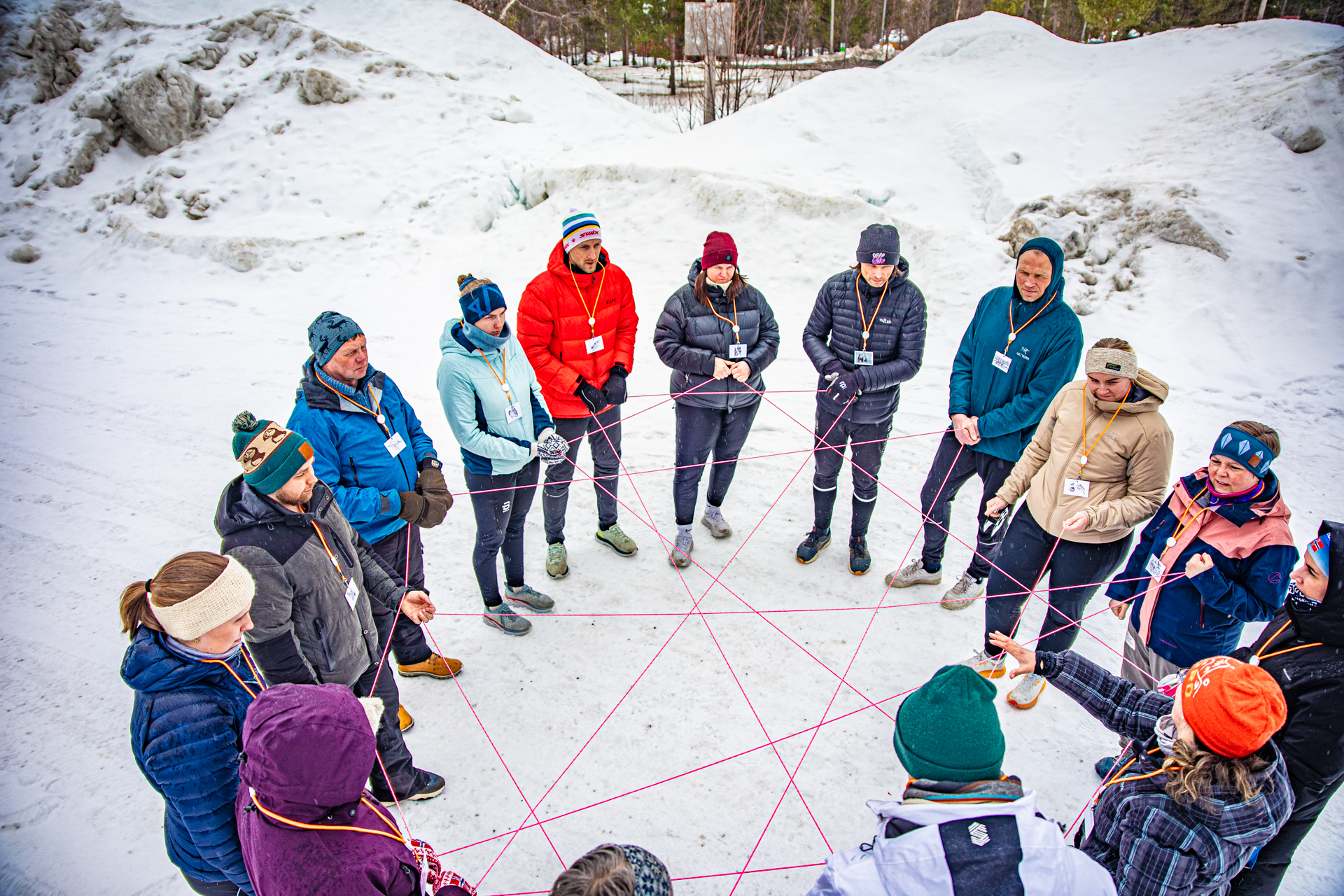
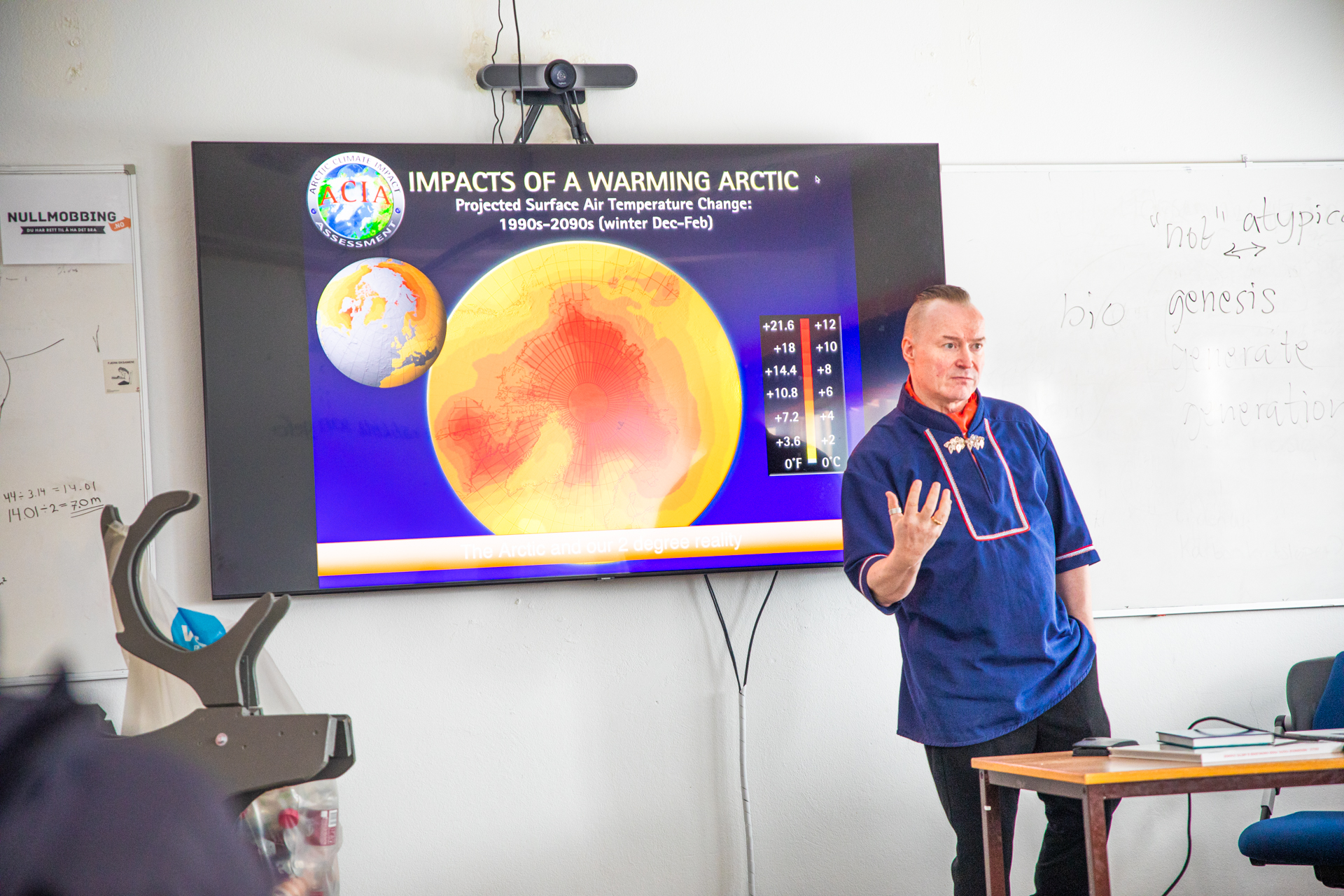
When we came together in Norway, we learned from experts, discussed our own experiences and stepped into the shoes of others to identify 8 barriers. There are as follows:
- Disabilities
- Health
- Education
- Cultural differences
- Social
- Economic
- Discrimination
- Geographical
Young people may experience one of these eight or all of them in varying weights. For example, maybe it’s a geographical barrier in that there is no public transport to get someone to the local trailhead to join a community hiking group. Or it’s a cultural difference, as someone whose parents migrated from Northern Africa, going skiing seems almost ridiculous. As a project, we now want to get curious about what may dissipate these barriers and how.
